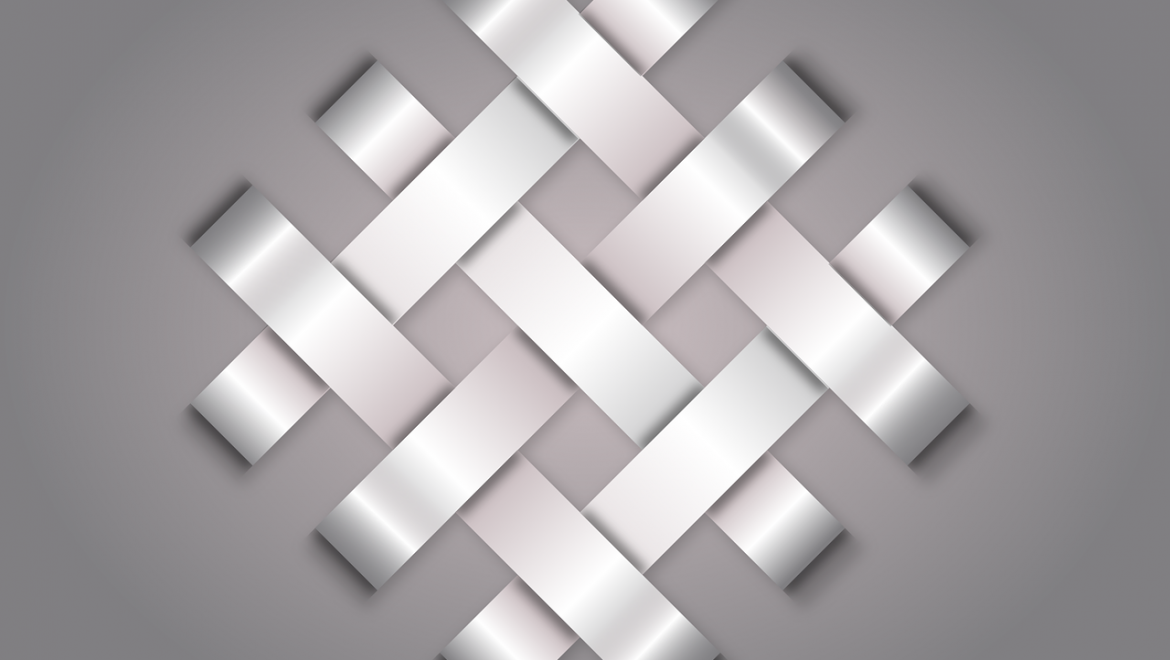
This article explores the meaning behind the custom of braiding of the Shabbat challah with six strands, suggesting that it symbolizes how we bring the diversity in our lives together in peaceful unity on Shabbat. It also includes a video demonstrating how to make challah and braid it using six strands. Chana Weisberg is the editor of TheJewishWoman.org, a Chabad-Lubavitch website aimed at women. She lectures internationally on issues relating to women, relationships, meaning, self-esteem and the Jewish soul.
Question:
Why do we braid the challah bread baked for the Shabbat meals?
Answer:
Good question. Most challahs are braided with either three or six strands of dough. I recently heard an interesting explanation for the six-braided loaves.
Shabbat represents the idea of unity. The six days of the week are the paradigm of diversity. They are like the six directions in our three-dimensional world—north, south, west, east, up and down. During these days we are in a search outward, full of action and initiative, trying to master our environment.
Shabbat, on the other hand, represents the inner point. Shabbat points inward, and is full of the unity and the peace that comes with unity. That is why we greet one another with “Shabbat Shalom,” Shabbat of peace and unity. Shabbat also represents the innerness of absorbing the blessing from the six workdays and directing them to our homes and our lives.
Perhaps the braiding of the challah, which is eaten at the Shabbat table, also represents this idea of unity: how we tie everything together, bringing all the diversity in our lives together for a peaceful harmony and unity that only the Shabbat can achieve.
The two challahs together are thus also symbolic of the twelve showbreads which were placed every Shabbat on the table in the Holy Temple sanctuary.
This is just one possibly reason, and it is certainly not mandatory to use six-strand challahs.
This video demonstrates the art of the six-strand challah braid.

